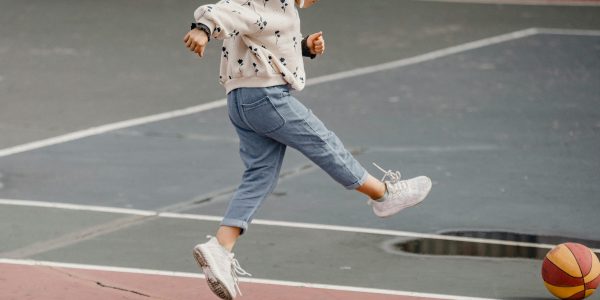Guide to Choosing Clothes for Children: Style, Comfort, and Practicality
Choosing clothes for children involves more than picking cute outfits; it’s about ensuring comfort, durability, safety, and, of course, style.
Choosing clothes for children involves more than picking cute outfits; it’s about ensuring comfort, durability, safety, and, of course, style.
Soft, breathable fabrics like cotton or cotton blends are best for children’s skin. Comfort is especially critical for younger children who might not be able to articulate their discomfort but can experience issues with itchiness, tightness, or overheating.
Avoid clothing with small, detachable parts, especially for younger children, as they could present choking hazards. Also, clothing that’s flame-resistant is a good choice, especially for pajamas. Learn more details about hummel .
Toddlers need durable, flexible clothing that can handle their active lifestyle. Clothes should be easy to put on and take off, allowing for independence. Avoid clothes with drawstrings, as they can present safety hazards.
Clothes need to withstand washing, stretching, and the wear-and-tear that comes with children’s play. Quality stitching and reinforced seams are important, as kids tend to move a lot, and clothes can easily wear out or tear if they're poorly made.
For newborns, comfort and ease of changing are priorities. Look for clothes that have snap buttons or zippers for quick diaper changes. Soft, hypoallergenic fabrics like organic cotton are ideal.
At this age, children become more aware of their clothing preferences. They often start to develop their own tastes, which may include superheroes, colors, or favorite patterns.



Function over Fashion: While trendy clothes can be fun, ensure they’re appropriate for your child’s activities and comfort. For example, a fashionable but restrictive outfit might not be ideal for a day at the playground.
Consider Versatile Pieces: Look for clothing that can be dressed up or down. Simple T-shirts, jeans, and leggings can be paired with different items to suit various occasions. Read more details about parkdress barn.
Shopping Tips for Parents

With increasing awareness about environmental impacts, many parents are turning to sustainable and ethically sourced children’s clothing. Sustainable options include organic cotton, bamboo, and recycled fabrics.
Ultimately, the goal of children’s clothing should be to allow kids to move, explore, and express themselves freely. While it’s fun to dress them up in stylish outfits, remember that children’s clothing should support their active, playful lifestyles.
By choosing comfort, safety, and style that aligns with their developmental needs, parents can ensure their children are happy and well-dressed. With a practical approach and a few smart shopping strategies, parents can build a wardrobe that meets their children’s needs through every stage of growth.

